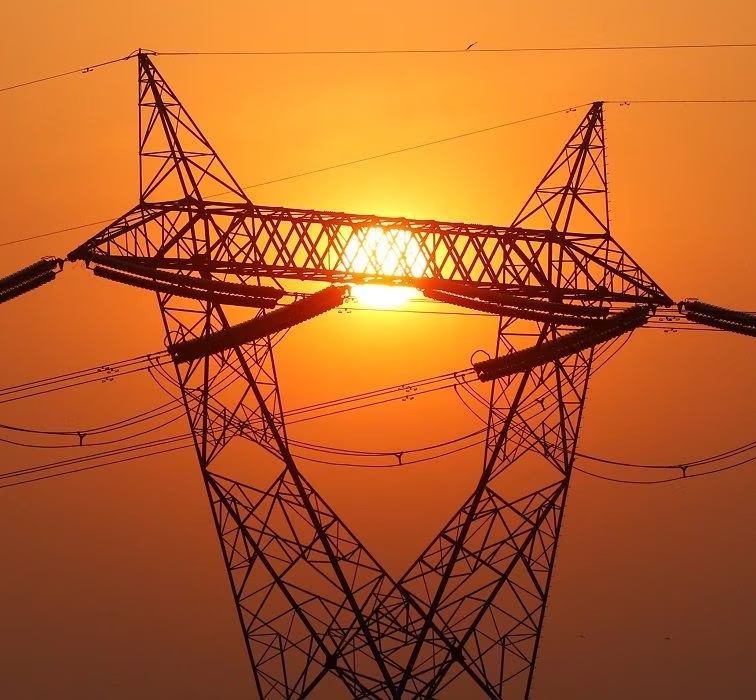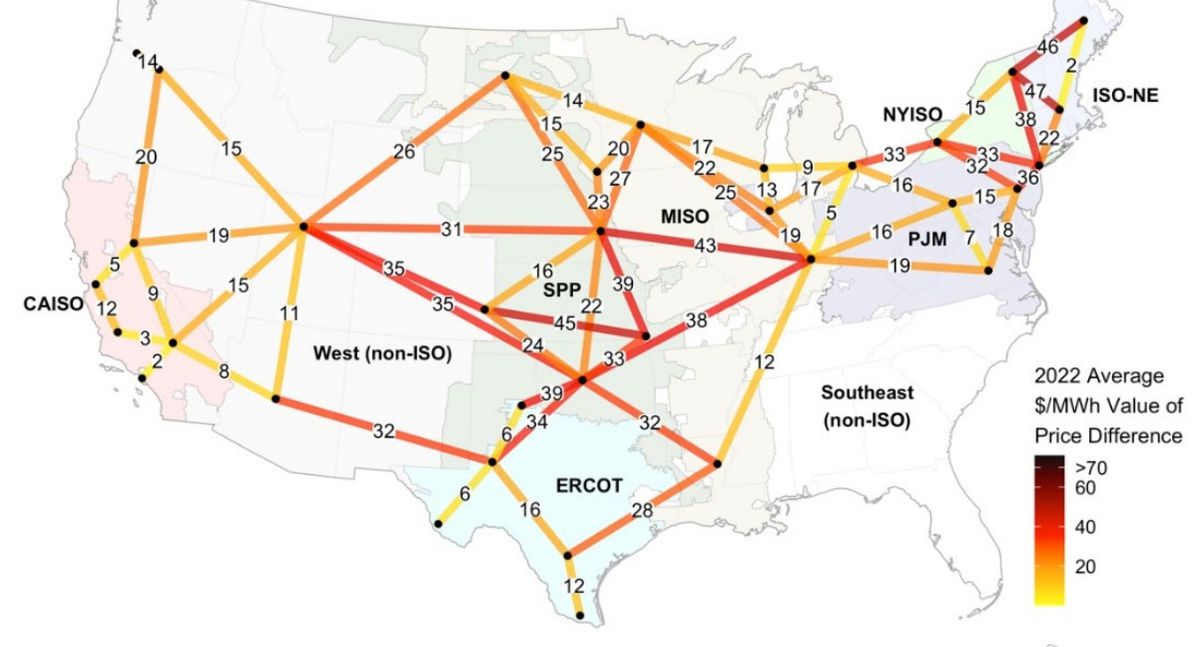What’s in the Big WIRES Act
The Building Integrated Grids With Inter-Regional Energy Supply (BIG WIRES) Act is a bipartisan bill introduced by U.S. Senator John Hickenlooper (D-CO) and Representative Scott Peters (D-CA) in September 2023. The bill aims to update and streamline the country’s patchwork energy transmission system by directing the Federal Energy Regulatory Commission (FERC) to better coordinate construction of an interregional transmission system.
Specifically, the BIG WIRES Act would:
- Require each of the FERC transmission planning regions to be able to transfer 30% of their peak electrical loads to neighboring regions.
- Establish a streamlined permitting process for new interregional transmission lines.
- Provide financial incentives for transmission developers to build new interregional lines.
The BIG WIRES Act has been praised by a wide range of stakeholders, including renewable energy advocates, utilities, and consumer groups. Supporters of the bill argue that it will improve the reliability and efficiency of the nation’s electrical grid, reduce energy costs, and help to meet the country’s climate goals.
Here are some of the specific benefits of the BIG WIRES Act:
- Improved grid reliability: An interregional transmission system would allow power to be more easily transferred from regions with surplus electricity to regions with a deficit, reducing the risk of blackouts during extreme weather events or other disruptions.
- Lower energy costs: By making it easier to transmit electricity from low-cost generation sources to high-demand areas, the BIG WIRES Act could help to reduce electricity prices for consumers.
- Increased renewable energy deployment: An interregional transmission system would make it easier to integrate renewable energy sources into the grid, such as wind and solar power.
- Reduced greenhouse gas emissions: By enabling greater use of renewable energy sources, the BIG WIRES Act could help to reduce the country’s greenhouse gas emissions.
The BIG WIRES Act is currently under consideration in both the House and Senate. It is one of several pieces of legislation that have been introduced in recent years to address the need for reform of the nation’s energy transmission system.


